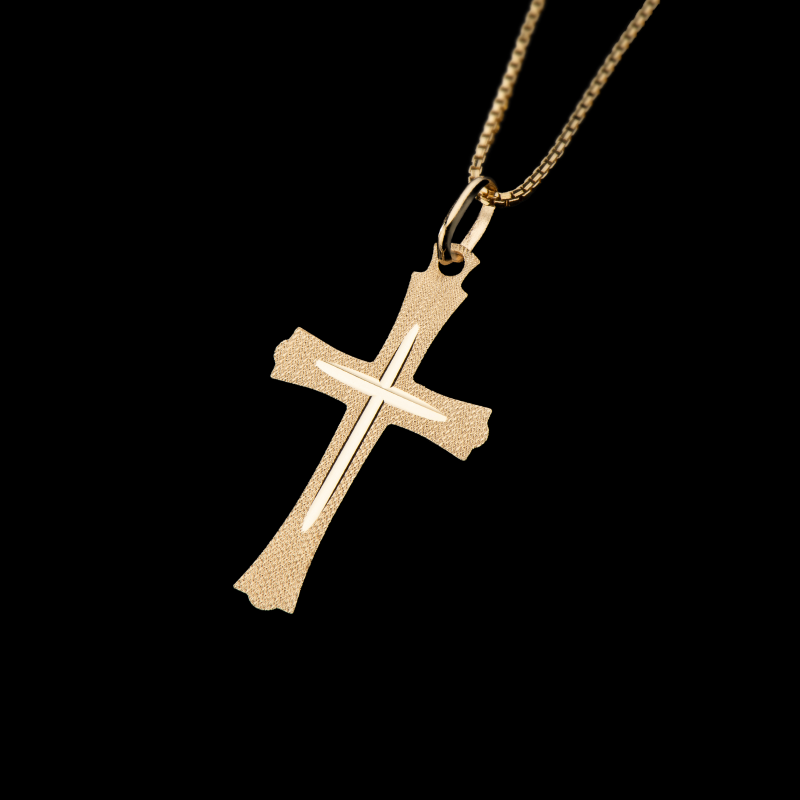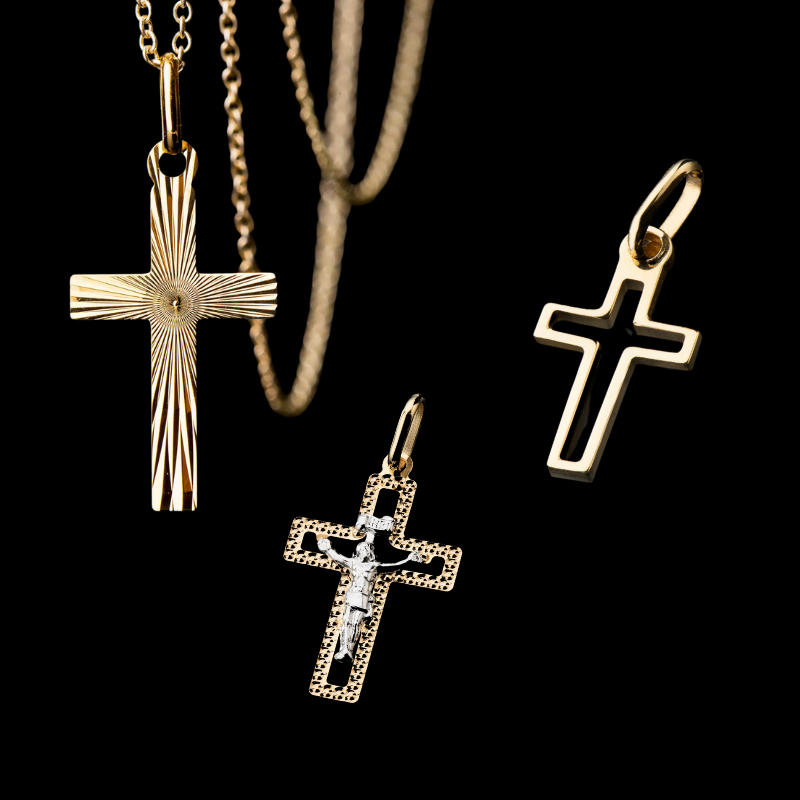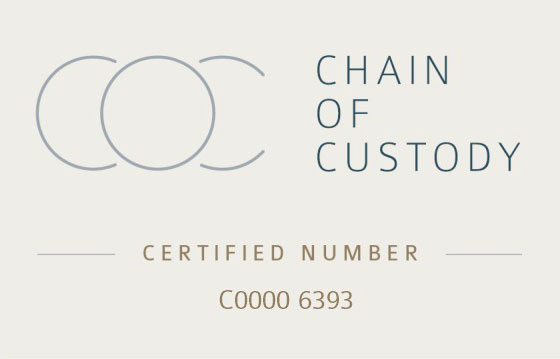Among the many symbols in religious history, the cross draws its roots from ancient cultures and, with the coming of Christianity, takes on new meaning. It becomes an emblem of salvation, protection and belonging, a reflection of a spiritual journey that still speaks to every believer’s heart.
The cross is the sign that most immediately evokes Christianity. Yet its story begins long before the time of Jesus, passing through diverse civilisations and gathering forms and messages that still inspire believers and lovers of sacred art today. Tracing the origin of religious crosses therefore means following a path that weaves together archaeology, theology and craftsmanship.
Pre-Christian roots: signs carved in stone
Cross-shaped engravings appear as early as the European Palaeolithic and in Bronze Age rock art. Two intersecting lines could mark the cardinal points, the rising and setting sun or simply offer a wish of protection. Mesopotamian and Egyptian people later adopted the motif, culminating in the ankh, the looped “crux ansata” that symbolised eternal life.
From instrument of punishment to sign of salvation
In the Roman Empire the crux was a shameful gibbet reserved for rebellious slaves. For the first Christians, recalling Christ’s Passion was essential, yet publicly displaying the cross invited persecution. They preferred coded symbols—fish, anchor, staurogram—until Constantine’s fourth-century edict of toleration allowed the cross to be embraced openly as an emblem of redemption.

The main forms take shape
Middle Ages and Renaissance: multiplying meanings
As the Church expanded, monastic orders, kingdoms and confraternities adopted distinctive crosses: the tau of the Franciscans, the flared cross of the Templars, the Maltese cross of the Knights Hospitaller. Each variant carried a message—poverty, mission, hospitality—and appeared on reliquaries, mosaics and liturgical embroidery.
From workshop to heart: the cross as devotional jewel
From the late Middle Ages, goldsmiths began miniaturising crosses, turning them into wearable objects. Jewellery united protection with beauty: the wearer could touch a tangible expression of faith and signal community belonging. Today the cross remains the most requested pendant in religious shops, rendered in gold, silver, olive wood or contemporary steel.
Cross and contemporary design
In the twentieth century artists such as Chagall, Dalí and Fontana reinterpreted the cross in expressive ways, while the Second Vatican Council encouraged sacred art that speaks to the modern world. Stylised, minimalist, multicoloured crosses emerged, often created for specific events—World Youth Day, ecumenical gatherings—yet always pointing back to the original idea of love conquering death.
A sign that spans the ages
From rock carvings to goldsmith workshops, the cross has travelled millennia without losing its force. It is at once historical memory, theological symbol and artistic object. Understanding the origins of religious crosses means recognising how a simple intersection of lines became the visual centre of a faith and, through generations of artisans, a jewel that continues to proclaim hope, beauty and mercy.




